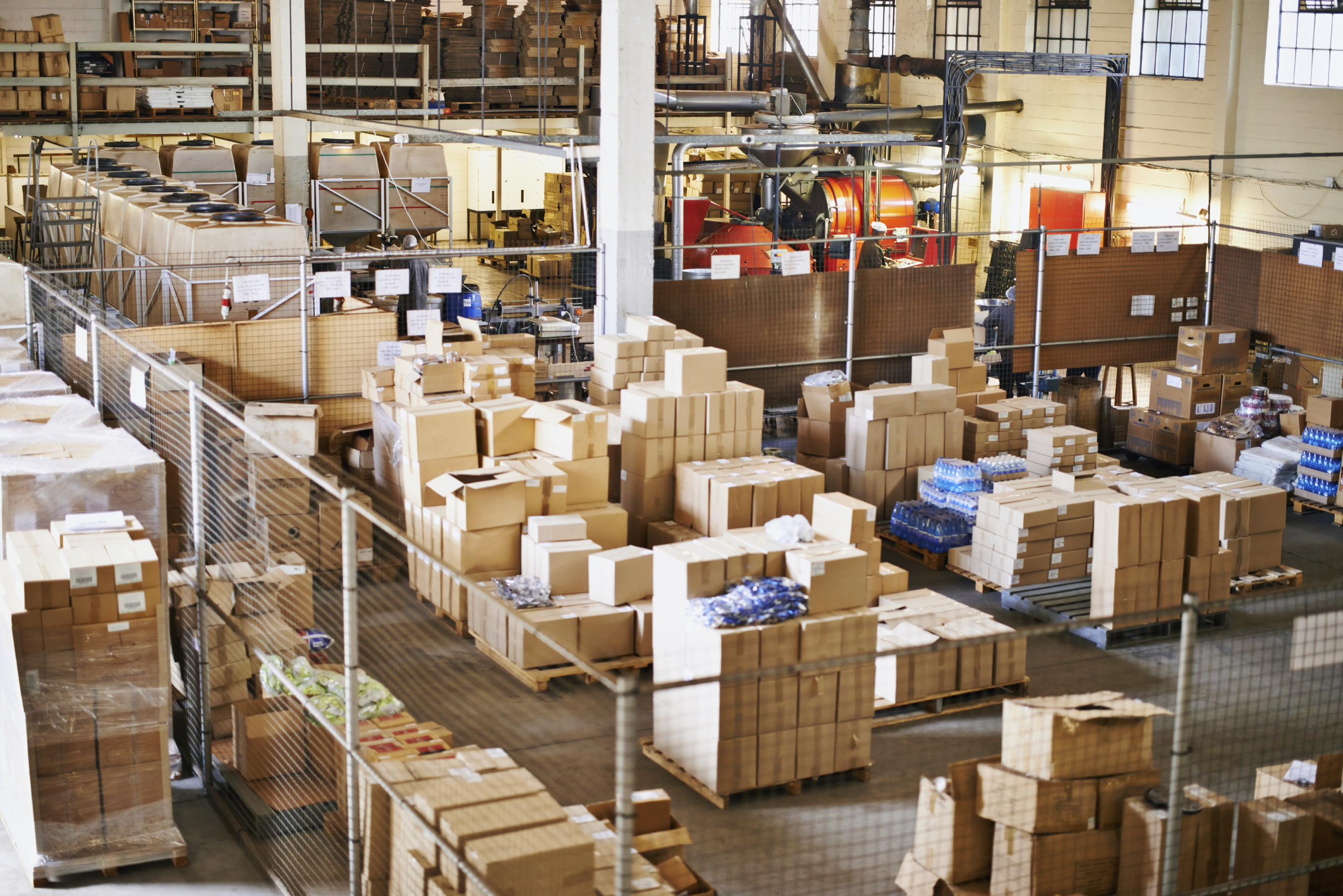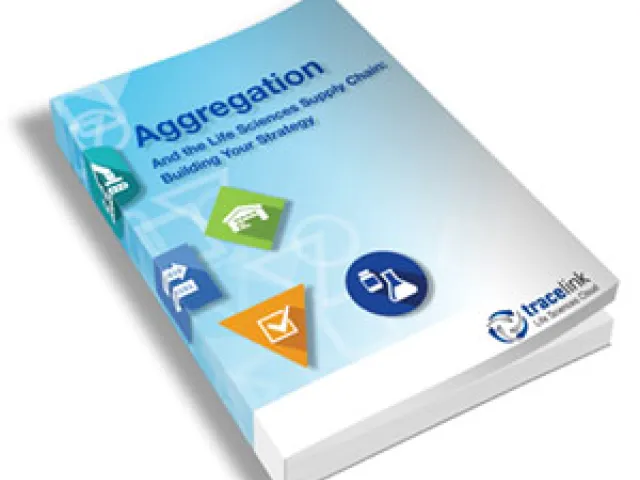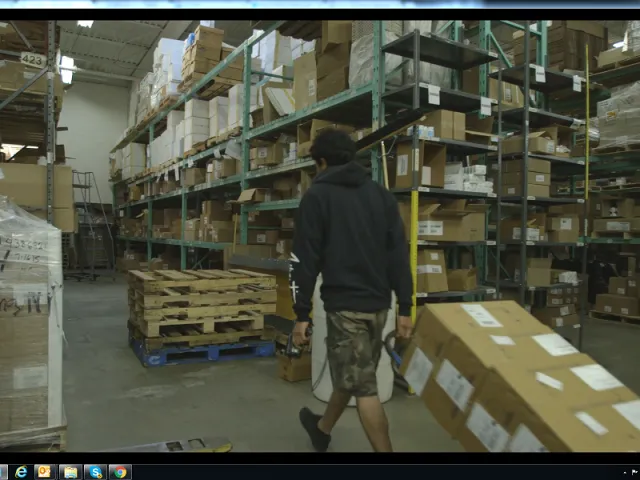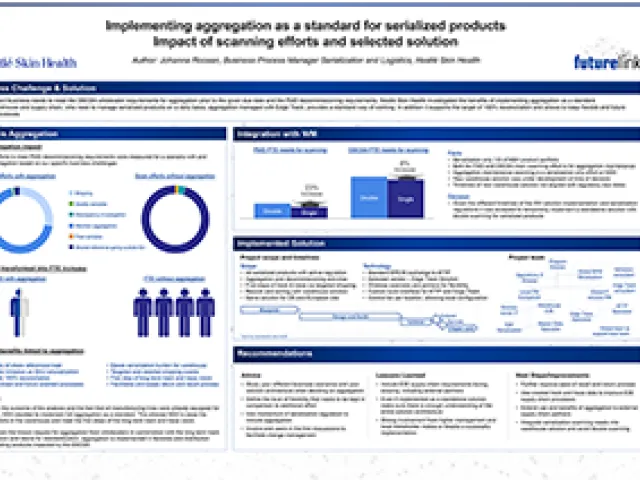When it comes to serialization, aggregation has the potential to add both complexity and cost to serialization projects, not only at the packaging line but throughout a manufacturer’s operations and the overall supply chain. Let's take a look at what it is, which markets require it, who it will affect, and how it should be factored into the serialization planning process.
What is aggregation?
Aggregation is the process of building a relationship between unique identifiers assigned to packaging containers. If you have a case with a serial number and within that case, saleable units (bottles, cartons, syringes, etc.) with their own unique serial numbers, aggregation enables you to associate “child” items with their bundle or case “parent”, building a “parent-child” relationship. The aggregation relationship is made up of those three things: the outer container identifier, the identifiers of the inner units, and the quantity of those units. Often
If you need to determine the contents of a case but don’t want to open up the case and scan every unit, having aggregation in place lets you scan the case’s bar code to get its serial number and then use the aggregation relationship to infer the identity of all the contents. Inference involves looking at one level of packaging to infer information about the next level in the aggregation hierarchy, assuming that the case has not been opened and the data set representing the aggregation has not been altered. Without aggregation in place, you would need to open that case and scan all of the individual products. This is one of the reasons that aggregation can facilitate the material handling aspects of serialized projects in a warehouse environment.
In order for aggregation to truly be valuable and reliable, the integrity of both the physical and the accompanying data relationships needs to be trusted throughout its lifetime. That means that when something changes – cases are removed from a pallet, or part of a case is damaged – the original relationship needs to be disaggregated and then rebuilt and these changes or “events” need to be closely tracked to maintain the integrity of the parent-child relationships. Without the capability to perform exacting control of these hierarchies and account for each change, the risk is great that improperly serialized product will enter the supply chain.
What countries require it?
Aggregation has not been universally adopted as part of track and trace regulations. The current requirements for major markets include:
- Brazil – For both phase one and phase two, required between transport container (case) and saleable unit
- China – Required between all levels of sales packaging product up to but not including pallet
- European Union – Not applicable, since only unit level serialization is required
- India – A requirement is expected across all 3 levels of serialization, and the government’s 4/1/2015 update implied it will need to be maintained across supply chain movements
- South Korea - Voluntary but encouraged and may emerge as a requirement when supply chain traceability is implemented
- United States – Not mandated; will be officially studied as part of unit-level traceability preparations and may become industry requirement
- Turkey – Required between unit level and transport units (cases)
What aggregation means for different supply chain segments
While aggregation has the potential to create efficiencies across the entire supply chain, it also represents
But while wholesale distributors, repackagers, and pharmacy chains with central distribution centers see most of the benefits, the cost burden for initiating aggregation falls almost entirely on manufacturers, making many understandably reluctant. To learn what is involved for manufacturers and how they should determine their aggregation strategy, read "What Aggregation Would Mean for You.”









